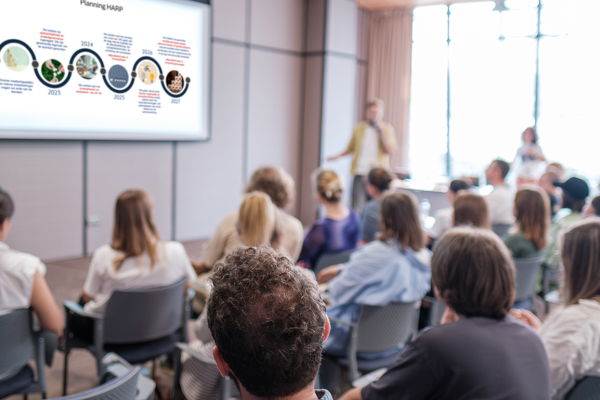
Overview of the HARP Program at Fontys University of Applied Sciences
Fontys University of Applied Sciences in the Netherlands continues to strengthen its organizational processes through the HARP (Business Processes Harmonization) program. This initiative aims to optimize and standardize the university’s business management processes, ensuring they are efficient, transparent, and aligned with strategic goals. As the program progresses into its next phase, it offers significant opportunities for staff and stakeholders to contribute to shaping future workflows and operational excellence.
Understanding the Transition from IST to SOLL Phase in HARP
The HARP program recently completed its IST (current state assessment) phase, during which a comprehensive analysis of existing workflows was conducted. This phase provided vital insights into the current organizational landscape, highlighting areas for improvement. Key findings included notable differences in process steps, vague service descriptions, unclear roles and responsibilities, workload disparities, and the use of various supporting systems.
Building on these insights, the organization now enters the SOLL (desired state) phase. The focus shifts to designing future workflows that are streamlined, consistent, and clearly defined. This transition involves detailed process design sessions and the formation of dedicated teams to shape the optimal operational model for each department and function.
Key Findings from the IST Phase and Their Implications
- Process Variability: Significant differences exist in how tasks are performed across departments, leading to inefficiencies.
- Limited Process Documentation: Many workflows lack comprehensive descriptions of services and products, complicating service delivery and clarity.
- Role Ambiguity: Unclear responsibilities within processes hinder accountability and effective management.
- Workload Disparities: Fluctuations in workload impact staff capacity and overall productivity.
- Multiple Systems in Use: A variety of systems and tools support workflows, sometimes leading to fragmented operations.
The Next Steps: Designing the Future State of Processes
The upcoming phase involves creating a coherent design for improved processes. Fontys is establishing design teams comprising employees from relevant departments and institutes. These teams will collaboratively determine how workflows should be developed and optimized, based on best practices and strategic objectives.
Each workflow will also have a dedicated process design team responsible for documenting the desired process in detail. These teams will work closely with workflow leaders and business managers, ensuring that process improvements are practical and aligned with operational needs.
The results of these design efforts will be shared during inspiration sessions, where all employees involved in the workflows are invited to contribute feedback and ideas. This inclusive approach aims to foster ownership and a shared understanding of the future operational landscape.
Benefits of the HARP Program for Fontys University of Applied Sciences
The systematic approach of the HARP program aims to provide several advantages:
- Enhanced Efficiency: Streamlined workflows reduce redundant steps and optimize resource use.
- Clear Responsibilities: Defined roles and responsibilities improve accountability and decision-making.
- Better Service Quality: Consistent processes help deliver higher quality services to students and staff.
- Scalable and Flexible Operations: Standardized workflows enable easier adaptation to future changes.
Implementing these improvements will support Fontys’ mission to offer high-quality education and service in a sustainable, innovative manner.
The next phase of the HARP program at Fontys University of Applied Sciences marks a strategic move towards more efficient, transparent, and responsive organizational processes. By engaging employees in designing the future workflows, the university fosters a culture of continuous improvement and service excellence. As the program moves toward completing its process designs before summer, participating in these developments offers a valuable opportunity to shape the future of education and administration at Fontys.
To learn more about Fontys University of Applied Sciences, fill out the form to receive personalized guidance from an expert counselor. You’ll get support choosing the right program, understanding admission requirements, and navigating the application process, making it easier to take the next step toward your academic journey.


